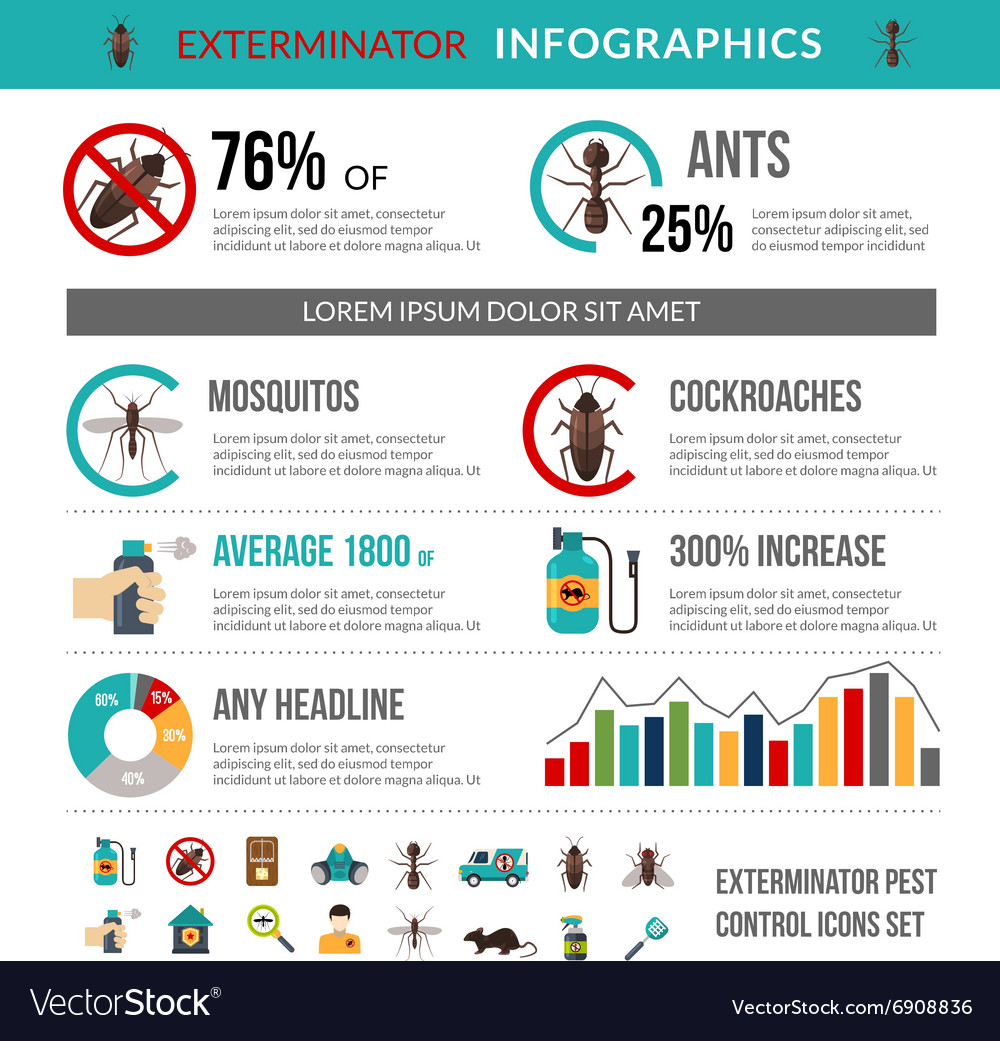Insights Right Into The Life Cycle Of Bed Bugs: Support From Pest Specialists
Insights Right Into The Life Cycle Of Bed Bugs: Support From Pest Specialists
Blog Article
Material Writer-Andreassen Bramsen
Like a silent intrusion, bed bugs can sneak into your home, concealing in the shadows and waiting for the excellent moment to strike. Comprehending their life cycle is critical in managing these ruthless insects, and that better to turn to for advice than the experts themselves?
In this conversation, you will certainly reveal the secrets of the egg stage, the fairy phase, and the grown-up stage of bed pests, deciphering the mysteries behind their durability and perseverance. Dental braces yourself, because what you will uncover will leave you questioning every little itch and bite.
The Egg Stage
During the egg stage, bed pests remain in their earliest form, ready to hatch out and start their life cycle. These little eggs are usually laid in cracks and crevices near the bed pest's feeding area, such as joints of cushions or furniture. german roach infestation can injure to five eggs per day, which adds up to hundreds in her lifetime.
The eggs are oval-shaped and concerning 1mm in length, making them barely visible to the nude eye. They have a sticky coating that helps them abide by surfaces and stay in place. The egg phase lasts concerning one to two weeks, relying on the temperature and various other ecological variables.
When the eggs hatch out, the nymphs emerge, starting their journey in the direction of their adult years.
The Fairy Stage
As the eggs hatch out, the newly emerged nymphs embark on their trip towards the adult years, noting the start of the nymph phase in the life cycle of bed bugs. This stage is vital for their advancement, and understanding its qualities can aid in handling these bugs effectively.
Here are three important points to learn about the fairy phase:
1. Dimension and Look: Nymphs are small, measuring only around 1.5 mm in length. They're translucent, yet after feeding, their bodies turn reddish-brown. As they expand, they dropped their exoskeletons, leaving molted skins.
2. Feeding Behaviors: Like grown-up bed pests, nymphs feed on blood. They require to feed numerous times to molt and progress to the next stage. Nymphs typically feed upon people or pets while they sleep, leaving behind scratchy bites.
3. Growth and Recreation: Nymphs experience five instars before maturating. Each instar needs a blood meal for growth. Once they come to be adults, they can replicate and continue the bed pest life cycle.
Comprehending the fairy stage is necessary for effective bed pest control. By targeting the fairies throughout this at risk phase, you can stop their development towards their adult years and halt their invasion.
The Adult Stage
After completing their development as fairies, bed pests go into the adult phase. At this phase, adult bed bugs are around 4-5 mm in size and have a flat, oval-shaped body that is reddish-brown in color. They have 6 legs, antennae, and a small head. Grown-up bed insects are fully capable of replicating and proceeding their infestation. They eat blood, ideally human blood, and can make it through without a meal for numerous months. They are mainly energetic at night and often tend to conceal in cracks, holes, and furnishings during the day.
Grown-up women bed bugs can disable to five eggs per day. These eggs hatch into fairies in concerning a week. Comprehending https://docs.google.com/spreadsheets/d/1OMsRiXOk5NMOWzwWInFgTH-8QfmF4oBCtRa_GS4XOII/edit?usp=drive_link and life cycle of adult bed pests is essential in successfully removing and stopping infestations.
Verdict
Since you comprehend the life cycle of bed insects, you hold the power to safeguard your home.
Picture a relaxed evening's rest, devoid of the torment of these little pests.
By acknowledging the indicators and taking immediate action, you can stop problems and guarantee the wellness of your loved ones.
Don't allow these sneaky pests attack your sanctuary.
Keep attentive, remain notified, and rest limited knowing you're in control.
